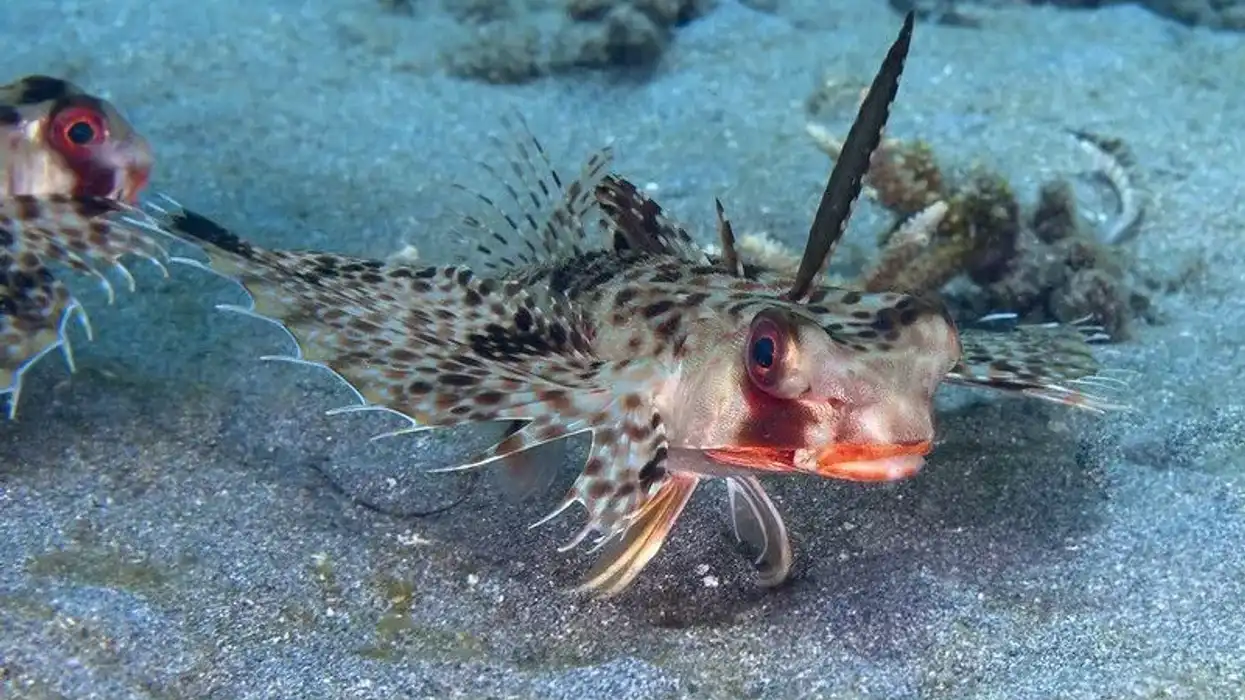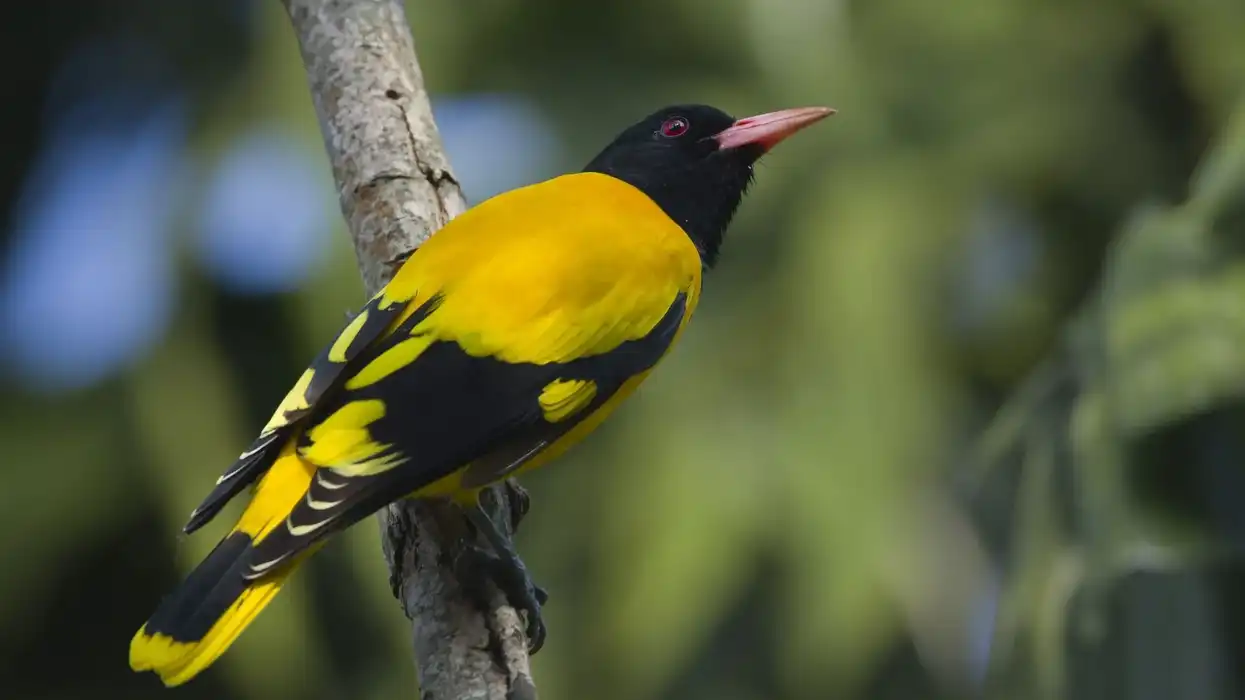Eastern marsh harriers belong to the bird of prey family Accipitridae. They are divided into two subspecies, Circus spilonotus, originating from eastern Asia, and Circus spilothorax, originating from New Guinea.
These birds migrate as a part of their life cycle. They migrate during the winter seasons to the Philippines, Borneo, and Korea. The distribution of their range overlaps with that of the western marsh harrier around the Lake Baikal region.
These birds are found in marshes and reed beds. They are carnivorous in nature and feed on a variety of birds, small mammals, and frogs.
These birds are usually monogamous, having a single partner throughout their lives. They build their nests on the ground with grasses.
After mating, females lay around four to seven eggs and incubate them. The males are involved in procuring food by hunting. The International Union for Conservation of Nature, or IUCN, Red List has listed eastern marsh harrier as species of Least Concern.
Despite their conservation status, the destruction of their habitat and climate change are the major threats encountered by eastern marsh harriers. Keep on reading to find out more about this unique bird.
If you liked reading this article, then do check out marsh harrier facts and western marsh harrier facts.
Eastern Marsh Harrier Interesting Facts
What type of animal is an eastern marsh harrier?
The eastern marsh harrier (Circus spilonotus) is a migratory species of bird belonging to the Accipitridae family. It consists of two subspecies, Circus spilonotus, and Circus spilothorax.
What class of animal does an eastern marsh harrier belong to?
It belongs to the class Aves.
How many eastern marsh harriers are there in the world?
There are around 40,000-60,000 individuals present in the world.
Where does an eastern marsh harrier live?
The eastern marsh harrier's range extends from Lake Baikal in Siberia to the Ussuri region, Japan, Mongolia, and the northeastern part of China. The distribution of their range overlaps with that of the western marsh harrier (Circus aeruginosus) around the Lake Baikal region.
In the winter, they migrate to southern China, the Philippines, Borneo, Korea, Bangladesh, the northeastern part of India, and Taiwan.
What is an eastern marsh harrier's habitat?
Their preferred habitat includes marshes and lakes. Marshes comprise wetlands around streams or lakes. It is dominated by herbaceous vegetation. They are also found in paddy fields and grasslands.
Their wintering habitat includes reed beds in the coastal reclaimed land. They are commonly found in waterlogged depressions, estuaries, and floodplains. Reed beds where they migrate in winter should comprise marshes, ponds, and narrow waterways.
Who do eastern marsh harriers live with?
They are mostly solitary. However, during the breeding season, they will form pairs.
How long does an eastern marsh harrier live?
They live up to six years.
How do they reproduce?
They are usually monogamous, having one partner throughout their lives. However, some of them have displayed polygamous habits. They begin performing courtship displays in March to attract mates to the breeding ground.
They build nests on the ground, in reed beds or grasslands, by accumulating dry grasses. After mating, the female eastern marsh harrier lays between four and seven eggs. They usually lay eggs in mid-April to May.
Their eggs are usually grayish-white in color. The female is involved in incubating the eggs while the male eastern marsh harrier hunts to procure food. After hatching, the young leave the nest after 28 days.
What is their conservation status?
The International Union for Conservation of Nature, or IUCN, Red List has listed the eastern marsh harrier (Circus spilonotus) as species of Least Concern. Despite their conservation status, the destruction of their habitat and climate change are the major threats they face in the future.
Eastern Marsh Harrier Fun Facts
What do eastern marsh harriers look like?

Eastern marsh harriers (Circus spilonotus) exhibit sexual dimorphism as the female eastern marsh harrier is considerably larger than the male. They have a wingspan of 14.9-18.8 in (38-43 cm) in males and 44.5-54 in (113-137 cm) in females.
These birds have brown plumage and females are darker than males. The males have a blackish back, dark head, pale feathers, and black wingtips. They have a white rump, white underwings, and vertical stripes on their underparts.
Their wing coverts are bluish-gray in color with brown rectrices. Juveniles are usually paler with brown plumage.
How cute are they?
Their cuteness usually stems from their appearance. The color of their plumage, a prominent white rump, and striped underpart add to their cuteness.
How do they communicate?
This species communicates through a range of vocalizations. Their calls are usually a mewing sound, while the males have a specific mating call. They also exhibit a variety of threat displays to keep other birds from entering their territory.
How big is an eastern marsh harrier?
These birds are usually 18.8-22.8 in (48-58 cm) in length. They are slightly larger than hen harriers (16-20 in).
How fast can an eastern marsh harrier fly?
Not much is known about the speed of their flight. However, the birds are known to have a light flight with their wings held in a V-shaped position.
How much does an eastern marsh harrier weigh?
They usually weigh around 17.5-29.7 oz (498-844 g).
What are their male and female names of the species?
There are no specific names for male and female eastern marsh harriers.
What would you call a baby eastern marsh harrier?
Baby eastern marsh harriers are known as chicks.
What do they eat?
They are carnivorous in nature and eat a variety of small mammals like rodents. Their diet also includes birds and frogs. They feed on large birds like ducks and brown-eared bulbuls along with small birds such as tree sparrows and skylarks in their eastern marsh harrier range.
Are they dangerous?
Yes, these birds can be dangerous. They are predatory in nature and exhibit a variety of threat displays when they feel threatened.
Would they make a good pet?
No, these birds cannot be kept as pets. They are considered to be wild predators and are quite defensive in nature.
Did you know...
These birds belong to the genus Circus. It was introduced by the French naturalist Bernard Germain de Lacepede in the year 1799. The word Circus is derived from the Ancient Greek word 'kirkos' which means circle. It refers to a bird of prey named after its circling flight.
What is the difference between an eastern and a western marsh harrier?
The western marsh harrier (C.s. aeruginosus), belonging to the family Accipitridae, is slightly smaller than the eastern marsh harrier (C.s. spilonotus). Western marsh harriers have brown underwings while eastern marsh harriers have white underwings.
What does an eastern marsh harrier sound like?
They usually call to mark their territories, especially when other birds are in the vicinity. It is a mewing sound like 'mibyaa, mibyaa'.
The males have a distinct mating call which sounds like 'kuwe, kuwe'. They make this call to attract mates in the breeding ground. They also have a shrieking call that sounds like 'kyak-kyak' used to threaten other birds.
Here at Kidadl, we have carefully created lots of interesting family-friendly animal facts for everyone to discover! Learn more about some other birds including northern harrier facts and harrier hawk facts.
You can even occupy yourself at home by coloring in one of our free printable eastern marsh harrier coloring pages.










